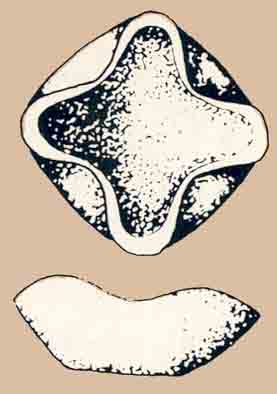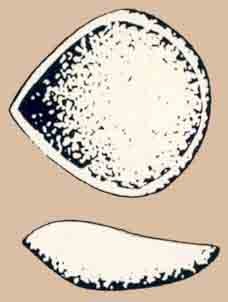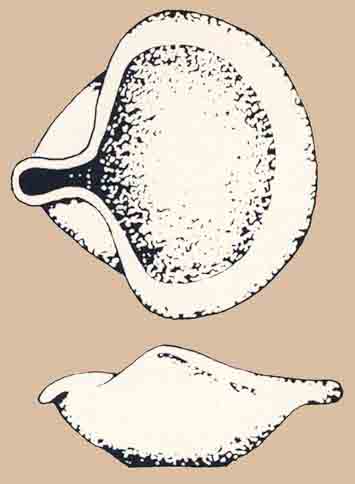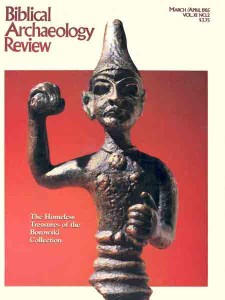The Changing Shape of Ancient Oil Lamps: A Chronological Guide
Sidebar to: Lighting the Way Through History
Rims, spouts and bases evolved slowly during more than two thousand years into forms that we now recognize as characteristic of their respective time periods. These drawings show common types for each period in two views: from the top and from the side. The lamps are all drawn to the same scale, so a size comparison of characteristic lamps of each period is presented. In general, the early lamps, through the Persian period, are large—up to five inches in length—while the later lamps are much smaller, some no more than three inches in length.
The photographs accompanying this article do not show relative size; their scales vary.
Middle Bronze I (2250–2000 B.C.)

Four wick-rests; four-flap rim; flat base.
Middle Bronze II (2000–1500 B.C.)

Single, wide wick-rest; turned-in rim; rounded base.
Late Bronze II (1550–1200 B.C.)

Pinched wick-rest; turned-out rim; flat base.
Already a library member? Log in here.
Institution user? Log in with your IP address.

